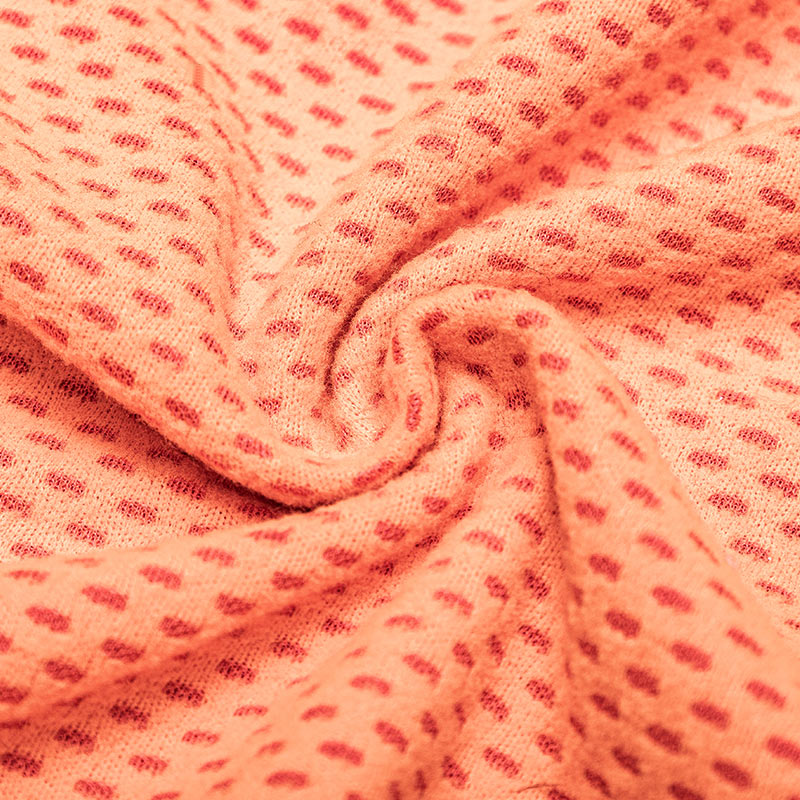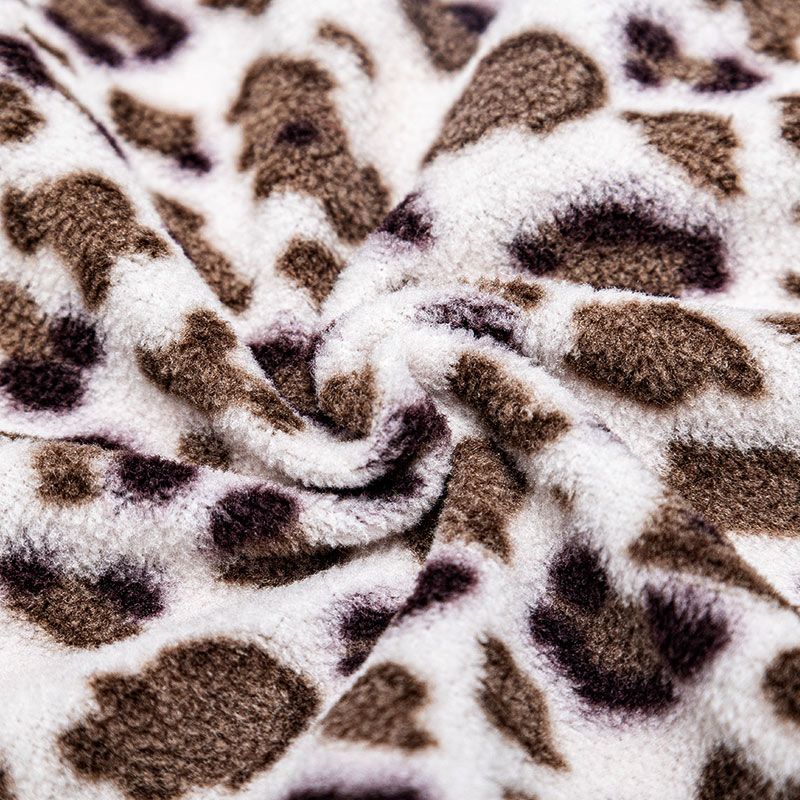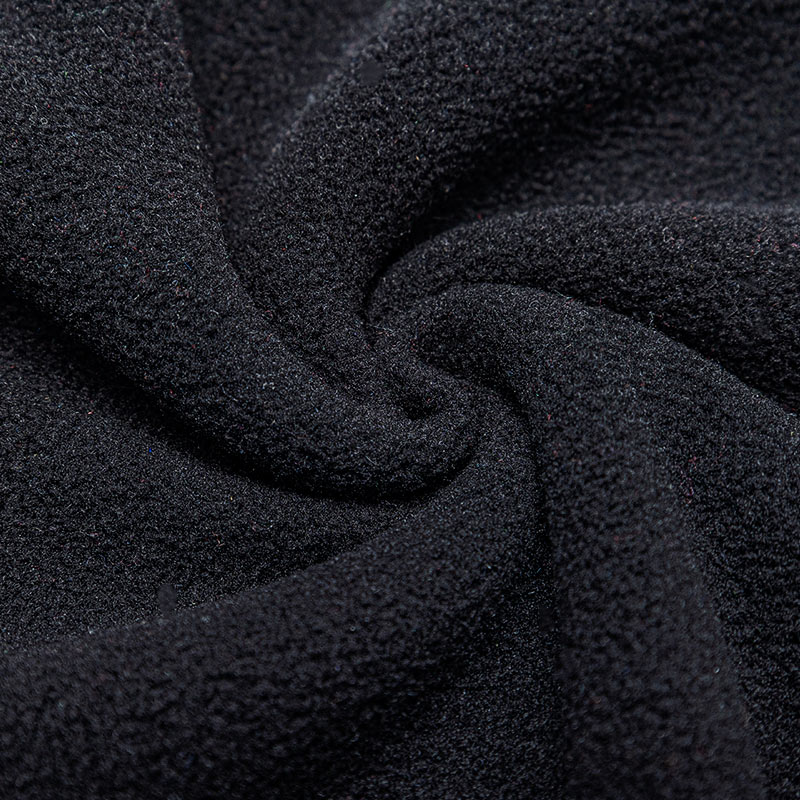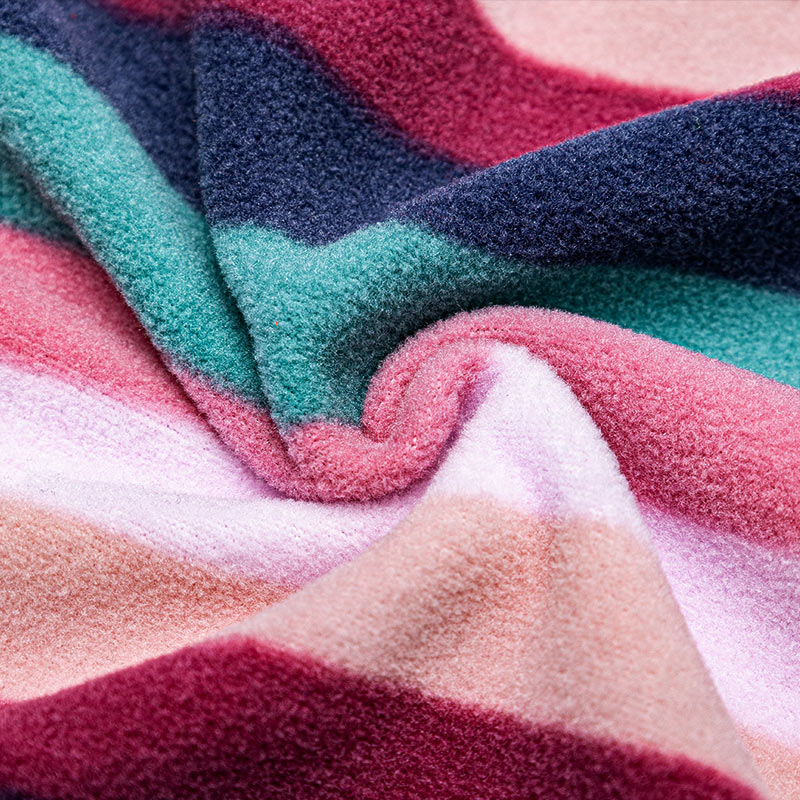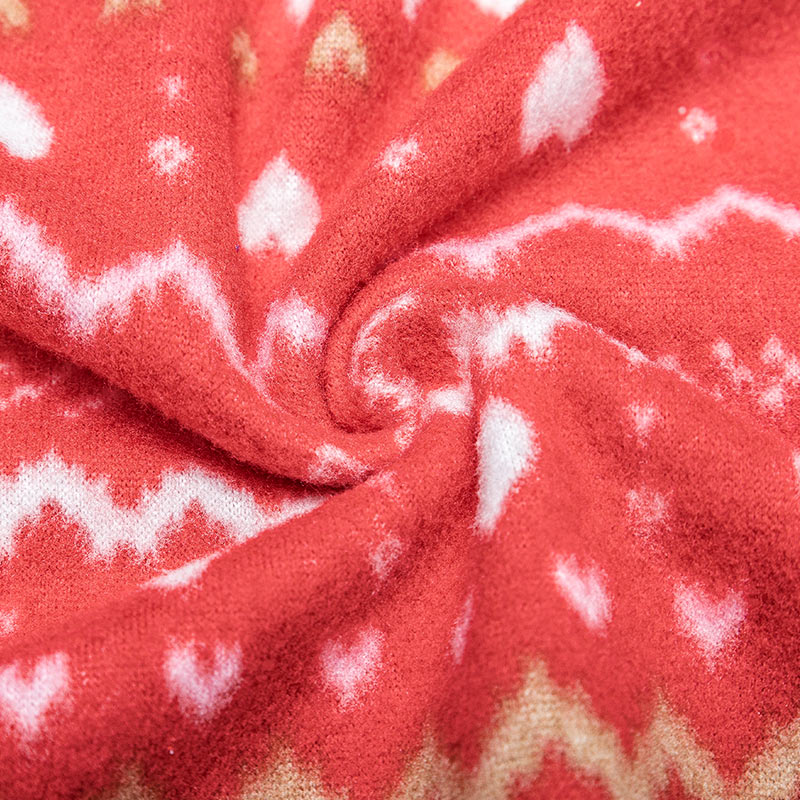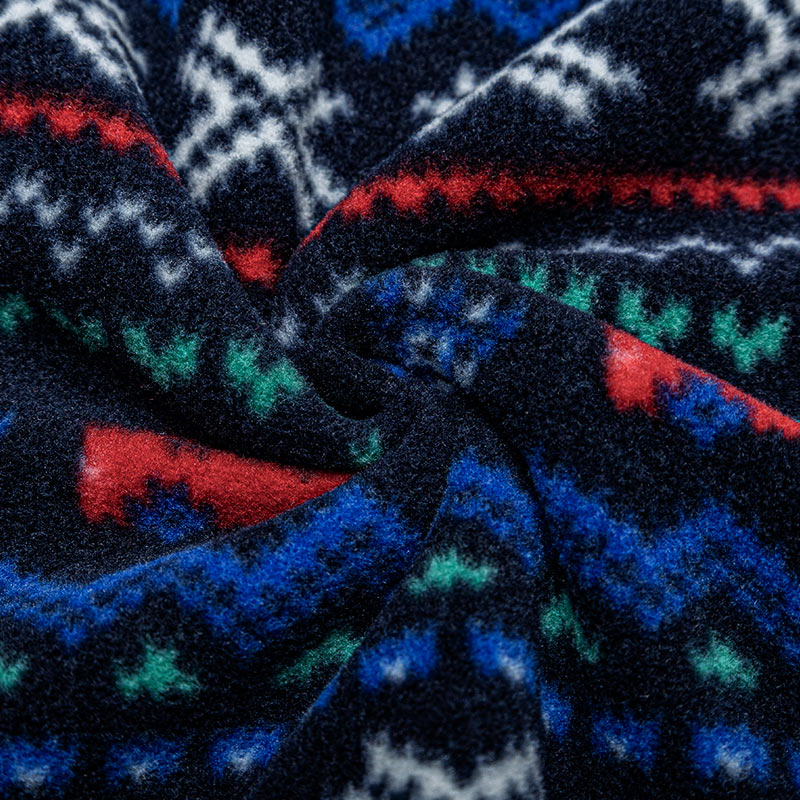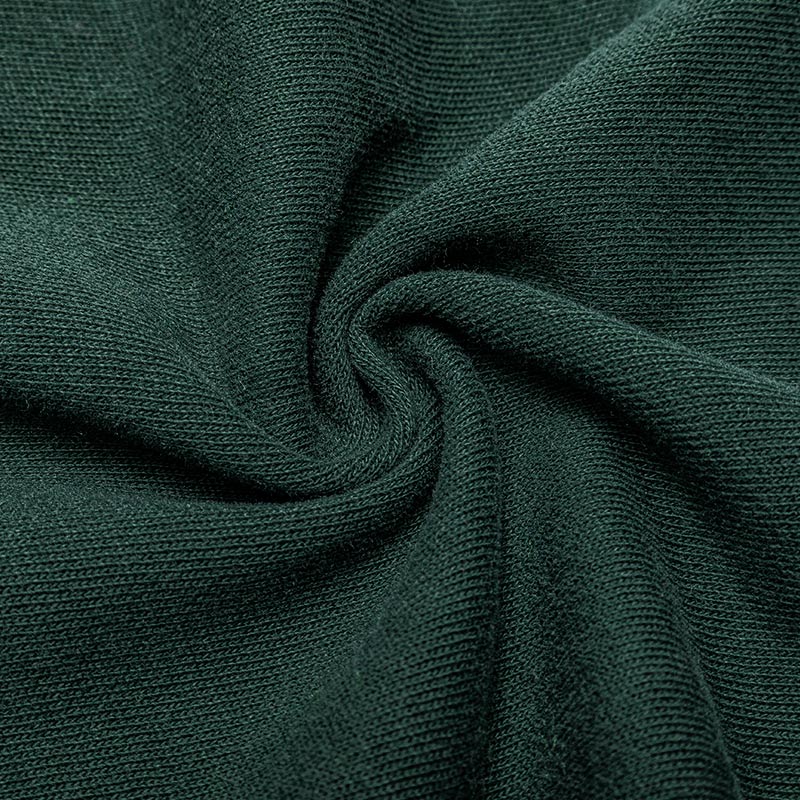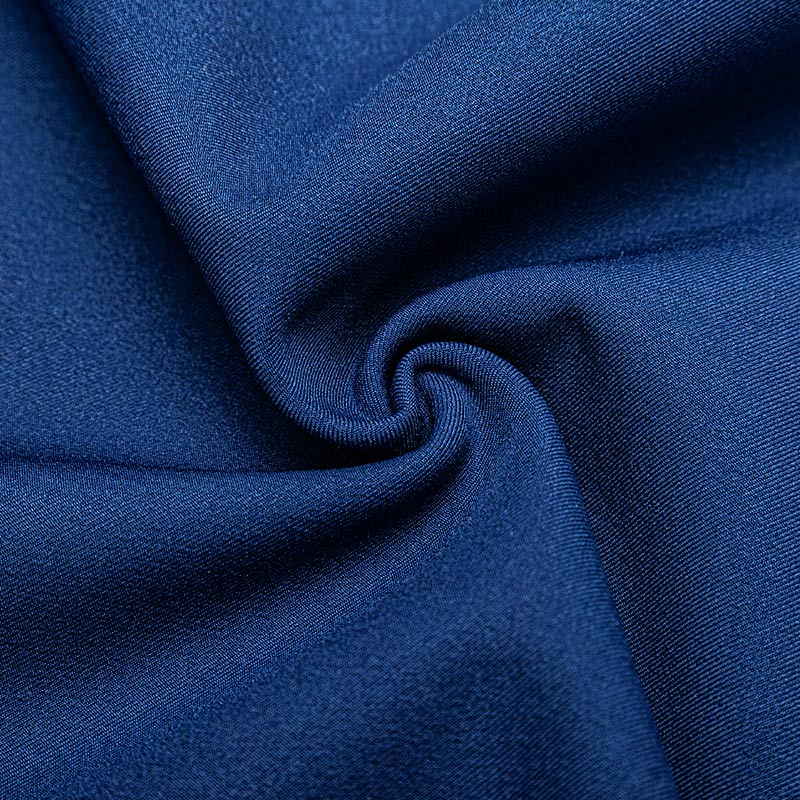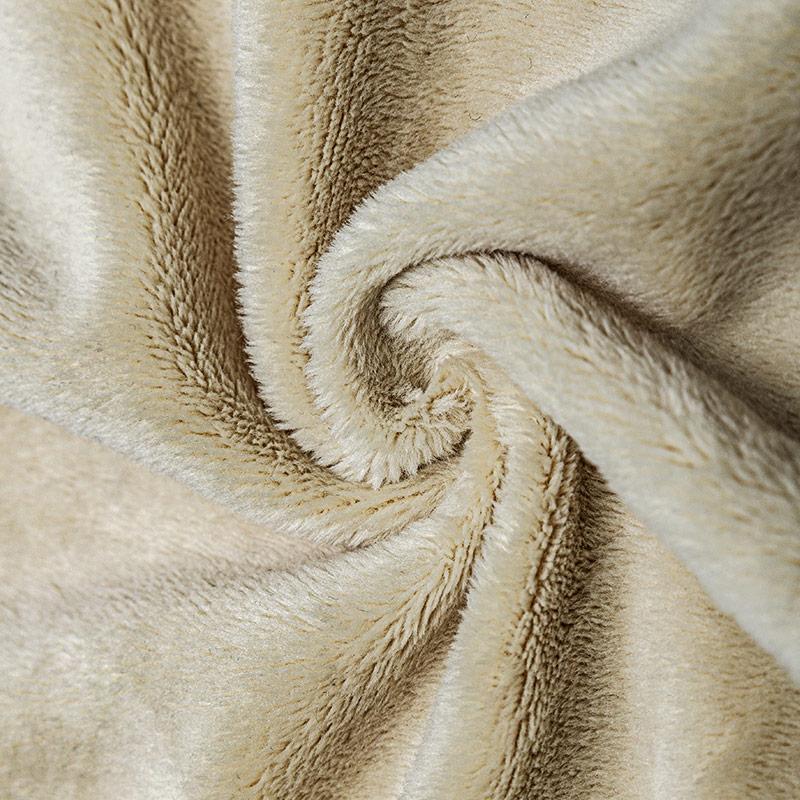The level of breathability and moisture-wicking in
swimwear fabric can vary depending on the type of material used and the specific design of the fabric. Here's a general overview of these properties:
Breathability:
Breathability refers to a fabric's ability to allow air to pass through it, which can help keep the wearer comfortable by preventing excessive heat buildup and moisture retention. However, swimwear fabrics, by nature, are often designed to have a certain level of water resistance, which can limit their breathability compared to other types of apparel.
The breathability of swimwear fabric can be influenced by factors such as the fabric's weave or knit, its composition, and any special coatings or treatments. Fabrics with a more open weave or mesh-like construction may offer better breathability, allowing air to circulate more freely. However, they may sacrifice some water resistance in the process.
Moisture-Wicking:
Moisture-wicking refers to a fabric's ability to pull moisture (such as sweat or water) away from the skin and distribute it across the fabric's surface, where it can evaporate more easily. This property helps keep the wearer dry and comfortable by reducing the sensation of wetness.
In traditional swimwear, moisture-wicking properties are not a primary concern because swimwear is designed to be in contact with water. However, in recent years, some swimwear manufacturers have incorporated moisture-wicking technology into their designs, especially in areas like rash guards and swim shirts. These garments are intended for activities like water sports, where comfort and moisture management are important.
If breathability and moisture-wicking are critical factors for your swimwear needs, you may want to consider the following:
Rash Guards and Performance Swimwear: Look for swimwear specifically designed for active water sports, as they often incorporate moisture-wicking technology to keep you dry during strenuous activities.
Material Choices: Fabrics like polyester and blends that include polyester are known for their moisture-wicking properties, so consider swimwear made from these materials if moisture management is a priority.
Breathable Designs: Some swimwear designs incorporate mesh panels or open-back styles to enhance breathability. These features can help improve airflow and comfort.
Layering: If breathability is essential, you can layer moisture-wicking swimwear underneath your regular swimwear to manage moisture more effectively.
Ultimately, the breathability and moisture-wicking properties of swimwear fabric can vary widely, so it's a good idea to read product descriptions and reviews when shopping for swimwear to find options that best suit your specific needs and preferences.

